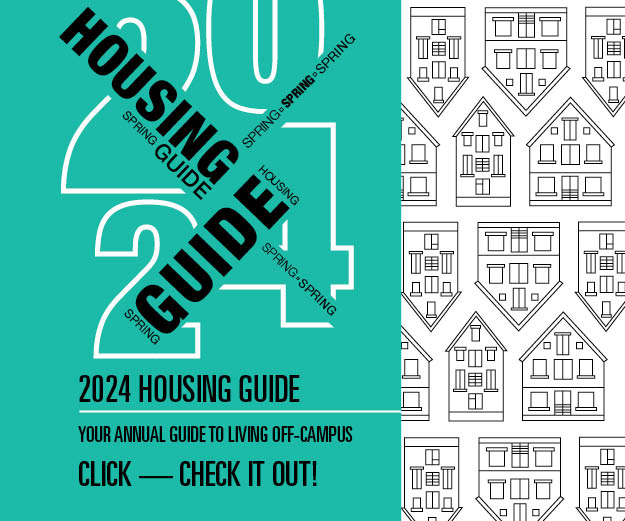Students surged into a large auditorium at the University of California-Berkeley campus last week, filling all seats and sitting in aisles for a chance to hear the speaker.
This was no celebrity-studded special event, just the second day of class for Introduction to Economics, one of many overcrowded classes at UC this year. The lecture is officially closed, limited to 720 students. But an additional 150 came anyway, hopeful that their names might be plucked off the waiting list and added to the roster.
Discovering that the waiting list was full, many asked to be placed on the waiting list for the waiting list.
“This is not good,” freshman Ben Davis of Ojai said. No. 50 on the list, he knows his prospects aren’t promising. “But I really need this class; it’s required for my major.”
To understand the morning’s lecture – the laws of supply and demand – the students simply needed to look around the room: too many kids and too few spaces.
Growing demand is forcing UC officials to think creatively about ways to accommodate everyone. From auditoriums to dorm rooms to dining halls, campuses are squeezing an unexpectedly large number of students into existing space.
This year’s large UC class comes on top of a steady decade long climb in the number of students that was already stretching the system at the seams. Analysts point to the state’s young demographics, the rise in immigrants and the prestige – and financial bargain – of a UC degree education.
This year the UC system will educate 50 percent more people than it did a decade ago.
More than 37,000 students have signed statements saying they intend to enroll as UC freshmen this fall, up from about 33,000 last year. An official total won’t be known until early October, when each campus completes a census.
The baby “boomlet” is one factor; another is the increase in first-generation college applicants, as families recognize the importance of a degree.
“We call it ‘Tidal Wave 2,’ ” said Carol Copperud, acting director of academic strategic planning and analysis. UC growth is expected to continue until 2010, she said.
The challenge is not unique to UC. Across the nation, colleges and universities are being greeted by a bumper crop of freshmen. Places as different as the University of New Hampshire and the University of Nebraska have all been surprised by huge incoming freshman classes and are scrambling to adapt.
Online applications make it easier for students to apply to many campuses and harder for the schools to anticipate exactly how many students will show up. To make matters worse, many students place multiple deposits, committing to several places at once.
“It’s hard to predict what one 18-year-old will do,” said Judy Sakaki, vice chancellor for student affairs at UC-Davis. “When you multiply that, it gets quite difficult.”
A UC education, always prestigious, is increasingly recognized as one of the best values in higher education. The latest U.S. News and World Report school survey ranked UC-Berkeley first of all public universities. Yet UC, unlike private schools, can’t turn applicants away – every student who meets its eligibility criteria must
be accepted.


















